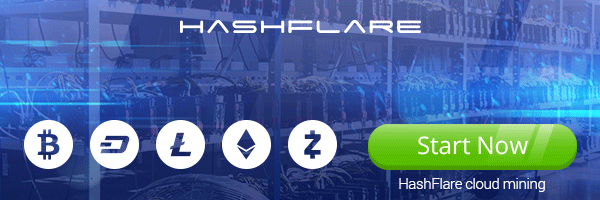
[ad_1]
A 689 Ether (ETH) reward worth $1.28 million has been paid from a single Maximal Extractable Value (MEV)-boost relay block on the Ethereum Beacon Chain in one of the largest rewards in recent months.
Ethereum liquid staking solution Lido was paid the reward from block number 17007842 on the Beacon Chain, which was finalized on April 9, containing 47 transactions, and built by beaverbuild.org, according to transaction data.
High Proposer Payment Alert! Validator 0x388c… received 689.02 ETH.Block built by a @beaverbuild builder (0x96a59d…)Slot: 6,181,978.Received through the @GnosisDAO relay.https://t.co/Pv3bqfZMrU
— MEV-Boost Bot (@mevproposerbot) April 9, 2023
The reward almost matched Lido’s most recent high of 691 Ether on March 20.
The figure raised the eyebrows of Martin Köppelmann, the co-founder and CEO of Ethereum-based infrastructure platform Gnosis, who suggested Ethereum users should use a service like MEV Blocker to prevent their transactions from being exploited.
More than 90% of the MEV currently being paid to validators could go to users if all users or wallets would use services like https://t.co/ijeJy3LwBl https://t.co/DHlp6tUz7J
— Martin Köppelmann (@koeppelmann) April 9, 2023
According to MEV Blocker, MEV bots have extracted more than $1.38 billion from Ethereum users attempting to trade, provide liquidity and mint nonfungible tokens (NFTs).
These centralized MEV-boost relays are able to extract value by aggregating blocks from multiple builders to select the one with the highest fees.
One of the most common MEV exploits is the “sandwich” attack, which occurs when an attacker places a large trade on either side of a target’s transaction, manipulating the price and profiting from the price change.
Related: ETH staking on top exchanges contributes to Ethereum censorship: Data
MEV-boost relays stem from the concept of proposer-builder separation, which was introduced by the Ethereum research organization Flashbots in 2021 in the lead-up to Ethereum’s transition to proof-of-stake in September 2022.
Separating the role of proposers from block builders is intended to promote more competition at the consensus level, further decentralize the Ethereum network and strengthen censorship resistance.
However, Ethereum has encountered several censorship issues since the Merge took place, namely compliance with standards laid down by the Office of Foreign Assets Control (OFAC), although the number of compliant blocks has since fallen.
There are currently 10 active relays, with Flashbots responsible for relaying more than 50% of the MEV-boost blocks since MEV was introduced in 2021, according to MEVBoost.org.
Magazine: Unstablecoins: Depegging, bank runs and other risks loom
[ad_2]
Source link





 Bitcoin
Bitcoin  Ethereum
Ethereum  Tether
Tether  XRP
XRP  Solana
Solana  USDC
USDC  Dogecoin
Dogecoin  TRON
TRON  Cardano
Cardano
Be the first to comment